How to Increase (Paid) Substack Newsletter Subscribers
17 strategies that I have personally utilized to reach 100+ paying subscribers
If you are a writer publishing on Substack, the one question you have certainly asked yourself is:
“How can I increase the paid subscribers for my Substack newsletter?”
Below are 17 strategies that I have personally utilized to reach 100+ paying subscribers to my newsletter Blogging Guide.
1. Offer Paying Subscribers Clear & Instant Value
When you sign up for Blogging Guide as a paying subscriber, you gain access to my back catalogue of premium posts and to any future subscriber only posts I write. However, this is true for any Substack publication and is frankly a dubious value proposition for readers (i.e. Sure, I’ve read Casey’s free posts but will I actually get enough value from a relatively new newsletter, to justify the purchase?).
To make this decision easier for my readers, I provide my readers with instant and exclusive access to several digital products that I have created.
If you click on the following locked post (which is also referenced in my featured post, pinned to the top of my Substack homepage), you will see instructions explaining how to download several of my digital products for free!
Locked Post Containing Downloads for Subscribers:
Excerpt From Locked Post with Instructions:
There are many ways you can gate (control the access to) content.
Since I was already selling these products through Gumroad, I continued to utilize their platform, but you could accomplish the same thing through Etsy or any other digital eCommerce store.
So basically, subscribers can follow these easy steps:
Purchase subscription to Blogging Guide.
Go to locked post referenced above and copy the promo code.
Paste the promo code in the Gumroad checkout box (screenshot below)
And, voila!
Paying subscribers now have instant access to my bonus content.
Better yet, because this content is listed for sale on Gumroad, it helps potential subscribers realize the value of becoming a subscriber.
Currently, I am offering Subscribers access to Blogging Guide at a deep discount (50%):
The products I am offering free complimentary access to are worth $20 (and I plan on adding more):
Since the current price (with discount) of my newsletter is only $15 per year, the value proposition becomes much more clear:
Obviously, what you offer your readers will depend upon your niche. And some niche topics may not lend themselves toward digital downloads. But I am sure there are many other creative ways to provide bonus content.
Still, providing clear and instant value to potential subscribers is a valuable tactic on Substack (or pretty much in marketing/sales in general).
2. Comp Existing Free Subscribers
Substack has a built in feature that allows you to “comp” any subscriber. While they point out one of the more obvious uses of this feature (Use it for friends, family, and people with lots of Twitter followers!), another way to use this feature is to comp some of your existing free subscribers/Substack mailing list.
Subscribers Tab >>> Add Subscribers Button >>> Give away paid subscription for free
You can give free readers access for 7 days, 30 days, 90 days, for 1 year, or forever.
I haven’t tested this enough to recommend the perfect length of a “free trial” but most of my readers have been very happy to receive access for 7 or 30 days.
You may be wondering:
Why would I give away access to my paid content to my free subscribers? Aren’t free users potentially going to upgrade and become my paid subscribers? Won’t this deter them from paying?
I think the answer is both yes and no.
Yes, some subscribers will read your content and use your bonus content (if you followed my first tip), but not upgrade to paying member status.
But that is OK—in fact, it’s actually great.
This is because it doesn’t actually cost you anything to give away your material for free, you are not incurring losses (as you would if you were spending money on an advertising campaign).
And in the process of eliminating these less dedicated followers, you are actually self selecting for your 1,000 true fans.
The answer to the question posed above is also no because, based on my experience, many people appreciate you taking the initiative to give them a sample of all of your paid content.
Obviously if your content is awful, then giving it away for free (for a limited time) is a terrible idea.
But if your content is useful and resonates with your audience, then comping free users is a great way to establish trust with your readers.
I would not try this tactic with all free users, but maybe those who have shown high engagement with your newsletter, but just haven’t felt compelled to take the leap.
3. Identify and Target Readers of Similar Newsletters
If there already are newsletters with a similar theme or audience, there is no shame in trying to convert some of those readers into subscribers of your own!
The newsletters can be on Substack (this is actually ideal because the subscribers have already shown demonstrated comfort with the platform and will likely convert at a higher rate) or you can target a newsletter or group that you follow elsewhere online. These can include:
Industry or Trade Publications
Facebook Groups
Forums
Meetup Groups
YouTube Channels
Obviously the owner of these newsletters or channels will not just give away their email list (which they likely spent years building). But you can glean valuable information based on the user activity of the people in these groups.
For example, if you find a Facebook group with members who share an interest in a topic your newsletter covers, reach out them! Don’t harass or spam them, but send them a friendly message and explain why they might like your newsletter.
The better you understand your target audience, the better you can disseminate content that will reach them, on the platforms that they frequent.
4. Reach Out to Influencers
Reaching out to influencers can be hard and you will likely receive few responses.
As is the case with most people who have a valuable audience, influencers know their time and attention is valuable.
The best way I have found success pursuing this route is through sending them a message that does not mention your newsletter at all. Focus on your shared interests and try to see if you can help them out by being a featured guest on one of their platforms, or whether you can interview them for your blog or newsletter.
The success rate from this is going to be low, so don’t be discouraged.
But when it works, it can really pay off.
As an example, I recently did an interview with a popular YouTube star, discussing the earning potential of writing on Medium.
Since my newsletter is about learning how to make money through various online platforms (including Medium), getting featured was obviously advantageous.
So far I have seen a huge surge in traffic. I will update this post to reflect any subscribers I can directly attribute to this interview.
Regardless though, the interview greatly expanded my potential audience and increased my familiarity with potential subscribers. In the long run, this will yield more article views, and hopefully, some paid subscribers. At a minimum it helped establish me as an authority figure in my niche, to a new audience who (largely) has never heard of me.
5. Create (or Assist) Online Groups
Creating an online community for your niche is a great way to get paid subscribers. Readers are much more likely to feel comfortable paying for premium newsletter content from someone who spends their own time managing a free online group.
For example, I run Medium Writing, the largest Facebook group for Medium writers to ask questions and share tips.
I also run a Facebook group called Substack Writers.
Since my newsletter, Blogging Guide, covers both of these platforms, there are many advantages to being in regular contact with my target audience.
By running these groups, I can:
Get feedback on what content writers would find most useful in their journey to make money writing online.
I can help people, which while I’m not sure if that leads directly to paid subscribers, definitely fosters good will.
I can promote my newsletter directly.
Don’t worry if there is already a Facebook group covering your newsletter’s topic. When I started Medium Writing, there were at least 10 other groups competing for writers’ attention.
But Facebook groups are hard work, and over time, these other groups faded because people were not willing to invest the time and energy required to maintain them.
This leads me to another point—if you can’t dedicate enough time to creating a new Facebook group, consider asking someone to help manage their already established group, by acting as a moderator.
Many group admins are open to receiving help and if you do a good job, they may promote your newsletter, or give you additional ownership in the group, as a way of saying thanks.
6. Update All Social Media Bios
The average social media user has 8.3 different social accounts. Make sure that you promote your Substack newsletter across all of your profiles. This requires changing featured links and (possibly) re-writing your bio to include a description of your newsletter.
For example, in order to promote my Substack newsletter Blogging Guide, I updated a number of my accounts:
This change does not need to be permanent. But it is useful to feature your Substack URL for at least a month or so.
Why?
Because it tells people that this is either the main platform that you intend to post on or it is your preferred platform.
If you are not on social media, or have just one or two accounts, here are some high Domain Authority social media sites that may be useful to create.
7. Offer a Promotion
Everyone loves discounts.
And Substack has a built in tool, allowing you to run custom promotional offers.
Settings Tab >>> Scroll down >>> Click Special offers Manage button
You can create multiple special offers, allowing you to offer unique discounts to different group of readers.
For example, you may want to offer a significant discount to your first 25 paying subscribers, as a way of showing your appreciation.
Substack allows you to customize promotions, to meet pretty much any need:
As seen in the screenshot above, you can:
Offer percent discounts and even free trials
Customize both the amount off and the duration of a promotion
You can choose to present a specific promotion to anyone who subscribes, or you can send custom promotional codes to targeted groups of readers.
8. Expand or Narrow the Focus of Your Newsletter
It is OK to pivot and change the focus of your newsletter, especially when you are just starting to write.
Readers who are going to pay for a subscription like to feel like they are being heard.
If you have a high newsletter churn rate or are getting feedback suggesting you focus on a specific subset of your topic, you may need to narrow the focus of your newsletter.
Conversely, if you are struggling to find any paid readers, you may need to narrow the scope of your newsletter.
If your focus is too broad, you start to compete with major news and media outlets. This is fine if you are a prolific writer or are willing to hire a team of writers to boost your content output. But if you are a part-time one-person operation, this may be too overwhelming.
9. Revise The Unfinished Subscription Email
Substack offers a built in email feature which prompts users who sign up for your free emails to consider upgrading to a paid subscription.
Settings Tab >>> Scroll down >>> Click “Unfinished Subscription” email edit button
This email is important as it is one of the best shots writers have at converting free sign ups to paid subscribers.
So make sure you highlight all the benefits that paid subscribers receive.
10. Focus on Improving Your Free Articles
High quality free articles are critical to convincing readers to become paid subscribers to your Substack newsletter.
After all, free articles are the main way that readers can evaluate the quality and value of your writing.
It can be tempting to save your “best content” for subscriber only articles. But a better strategy is to lead with your best content in the form of free articles.
The reason is twofold:
Paying subscribers are looking for value, but they are also voicing their interest in an issue (your niche) and supporting a writer (you) by subscribing to your newsletter.
Free articles that contain amazing content tend to consist of original content, making it more likely that the article will index in search engines or be shared on social media. Locked or subscriber only articles will not index as well because most of the content is blocked by the newsletter’s paywall and people who pay for access to your content will probably not share your articles widely (if at all).
11. Edit Your Newsletter’s About Page
There are not many pages or links on your Substack newsletter page. My guess it that this is very deliberate.
Substack wants to help you grow your newsletter, and part of facilitating this growth is streamlining the design of newsletters created on their platform.
One of the few pages that is prominently featured throughout your newsletter, is the About page. This is also one of the few pages that writers can customize.
Some things you may want to include in your About page:
A clear description of what your publication is about and how it will impact readers.
A brief description of you as the author so that readers know a little more about you (the person writing this content).
Explain the details of your publication. This can include your anticipated posting schedule, free bonus products included (if applicable), and a clear explanation of the differences in the content offered to free vs. paid subscribers.
12. Respond to Reader Comments/Questions
Most writers probably intend to do this, but if you are getting a lot of comments or questions in response to your articles this can be challenging.
However, Substack does promote community chat features as part of its offering, so I would suggest doing your best to play an active role in any discussion (whether it is in a thread you start or comments in response to your articles).
On top of the ability to create newsletter and audio posts, Substack publishers can now also create public or subscriber-only discussion threads.
In other words, Substack now makes it simple for anyone to start a paid community.
13. Cross Promote Another Newsletter
If you can identify another business or newsletter that complements your newsletter, try reaching out to the editor, and suggest teaming up to help grow both businesses. Chances are, the other newsletter editor is also looking to expand their audience.
What might a cross promotion look like?
It could be a as simple as a reciprocal two sentence CTA at the end of each newsletter, referencing the other. It could also be a more elaborate process where you slowly acclimate each audience to the other writer/their newsletter.
This can take the shape of guest posts, citing the other newsletter as a source, publishing an interview with the other author, or even a direct collaboration between the two newsletters, where both sets of readers receive premium articles.
The key is to agree to a mutually beneficial arrangement and to ensure that you are not jeopardizing your relationship with your existing audience, by promoting irrelevant or low quality content from another newsletter.
14. Write a Guest Post for a Blog in Your Niche
Talk to a publication operating in readers’ niche and request to become a guest blogger or set up a speaking opportunity. Most niche authority sites (even very popular ones) accept guest posts. In the digital age, there is a constant need for new content, and many site owners will be happy for you to make their job easier.
Once you get their approval, use this opportunity to showcase your knowledge and expertise in the niche topic area.
Make sure that your guest post, interview, or speaking opportunity allows you to directly promote your newsletter. In the case of a guest post, this typically takes place at the beginning or end of the article, and contains a hyperlink to your newsletter.
It may be a simple reference in the author bio or an overt CTA.
For example:
John Smith is an award winning ghost writer, with over 20 years of experience. He has written over 300 books for dozens of New York Times Bestselling Authors. You can learn more about becoming a ghost writer by checking out his newsletter, Ghost Writer.
or
Learn How to Become a Ghost Writer Through John Smith’s Must-Read Newsletter, Ghost Writer.
As an example, I just did a guest post on another blogger’s site.
The cool things is, we actually met through a Substack thread that I started, where I basically gave in depth answers to questions from writers looking to make money online.
After a little chatting, I agreed to do a guest post on his website InspireFirst:
Normally I am hesitant to do guest posts for blogs that I did not design or have control over, but it was clear that Chris cared very much about his blog. In fact, I thought it was one of the most beautifully designed websites I have seen in recent years.
As seen in the screenshot above, this post links back to my Substack newsletter, and is a great way to expand my potential audience. I also made a new contact in the process which is probably even more valuable if you want to create a newsletter with industry experts and their insights.
15. Make Your Newsletter Standout with Custom Formatting
Substack allows writers to customize their newsletter articles/posts, using its WYSIWYG built in editor:
I’ve written a fairly detailed article highlighting some of the custom formatting options that I have utilized on Substack (both through its editor and other advanced settings).
16. Ask for Feedback, Not Sign Ups
Asking someone (especially if you have only just met briefly online) to subscribe to your Substack newsletter can seem a bit aggressive.
One strategy that I have found useful, is to comp readers or highlight your free content to them.
Instead of asking for them to subscribe to your newsletter and share your content with their followers, try asking for their feedback on your newsletter.
Not only is it important to listen to readers and constantly be working toward improving your newsletter content, but if someone takes the time to read your newsletter to give feedback, they are more likely to subscribe themselves.
17. Create Amazing Content & Make Make Your Readers Product Evangelists
No matter how much time you spend marketing your newsletter, there is no substitute for creating amazing content. Your content is what draws readers in, and keeps them in your audience by continuing to provide useful and insightful commentary.
It is also important to realize that by creating content that really impresses readers, they are far more likely to share your newsletter.
Readers who love your content, take the time to share it, effectively become product evangelists, who are marketing your content for free.
This is by far the most effective form of marketing for your newsletter.
Ultimately, successful long term marketing strategies always come back to high quality content, and Substack is successful, in part, because they encourage writers to create high quality content for their niche audience.
Final Thoughts
I hope you enjoyed this article, covering some of the lessons I have learned, reaching my first 100+ paid subscribers.
While it was not easy, I was able to hit this milestone after just two months utilizing the strategies described above.
Had you asked me before I started writing on Substack, how long it might take to hit 100 paying subscribers, I would have guessed 12-18 months, if it was even possible at all.
The reality is that it’s very hard to predict the potential success a writer may have on Substack, given the unique newsletter subscription model.
And while 100 paying subscribers is amazing for me, it is still a long way off from allowing me to pursue this full time.
But it is a proof of concept that has inspired me to invest more time, energy, and resources into making that a reality. I hope this post inspires a few others to take that leap of faith and create their own newsletter!
Until next time!
Casey
If you found this content useful, and want to learn more about achieving success as an online writer, consider subscribing to my newsletter. You will receive access to subscriber-only posts and several custom digital downloads ($20 value) for free!
Thank you for your support! It truly means the world to me! Please let me know if you have any questions by responding in the comments section below. I will do my best to answer all of them.


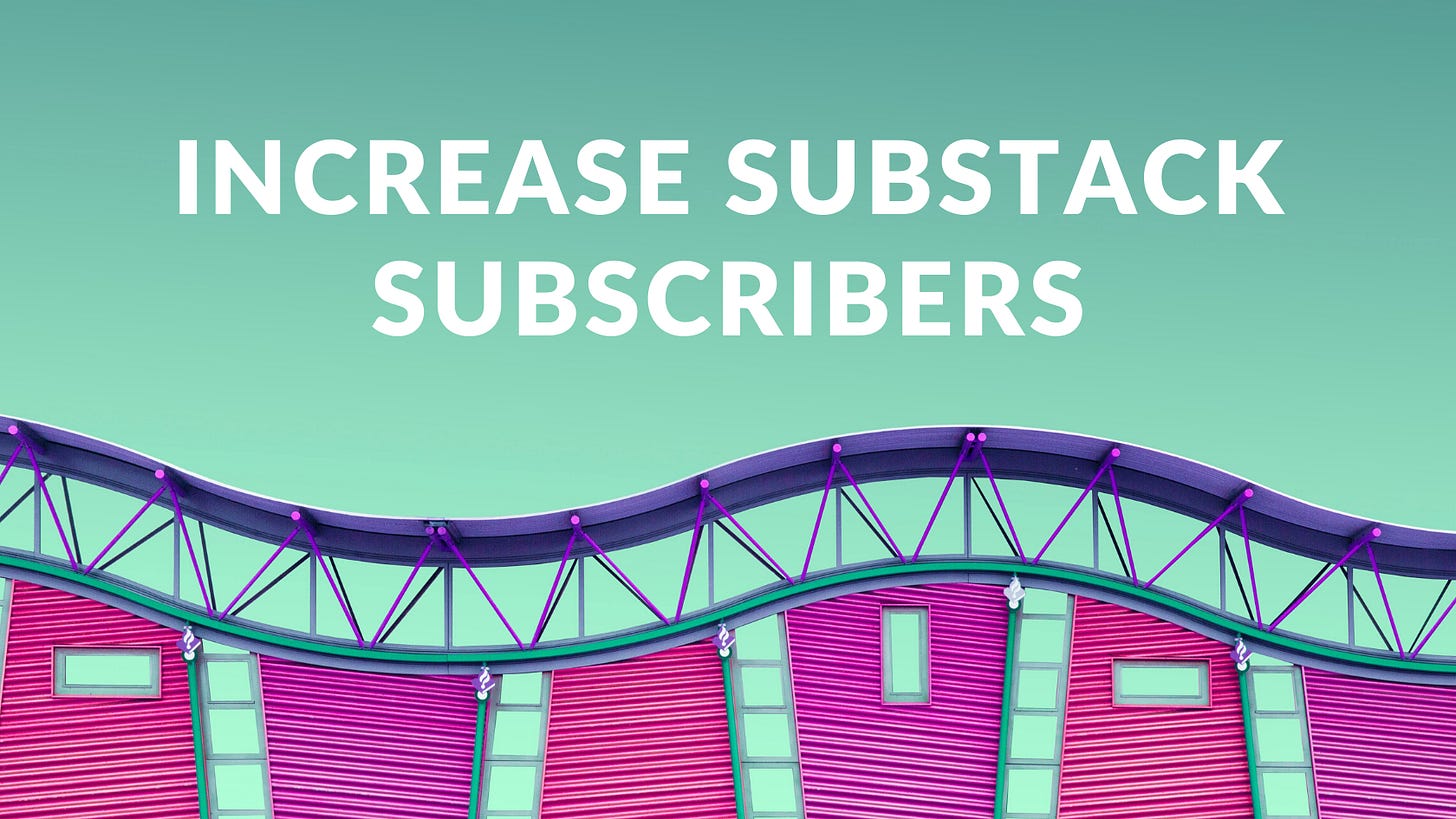


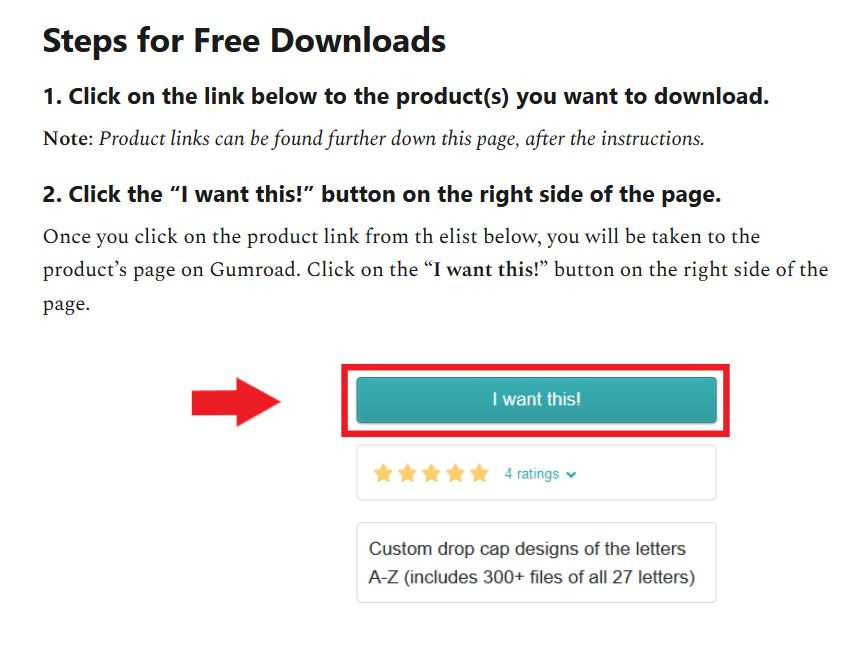






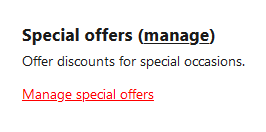
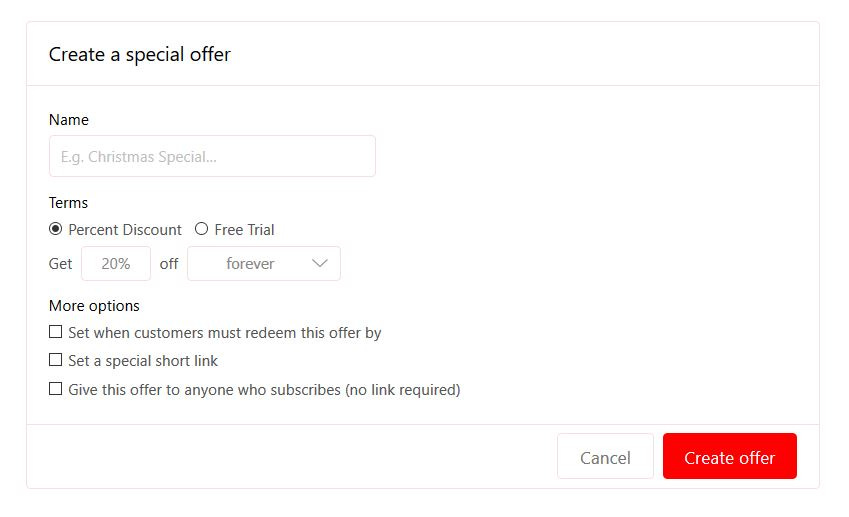

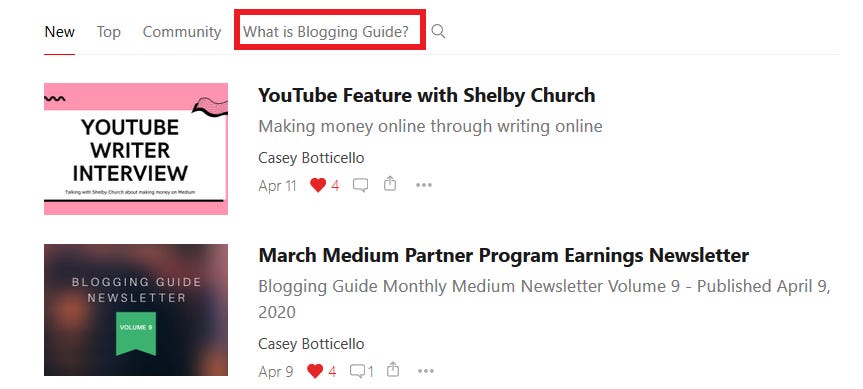
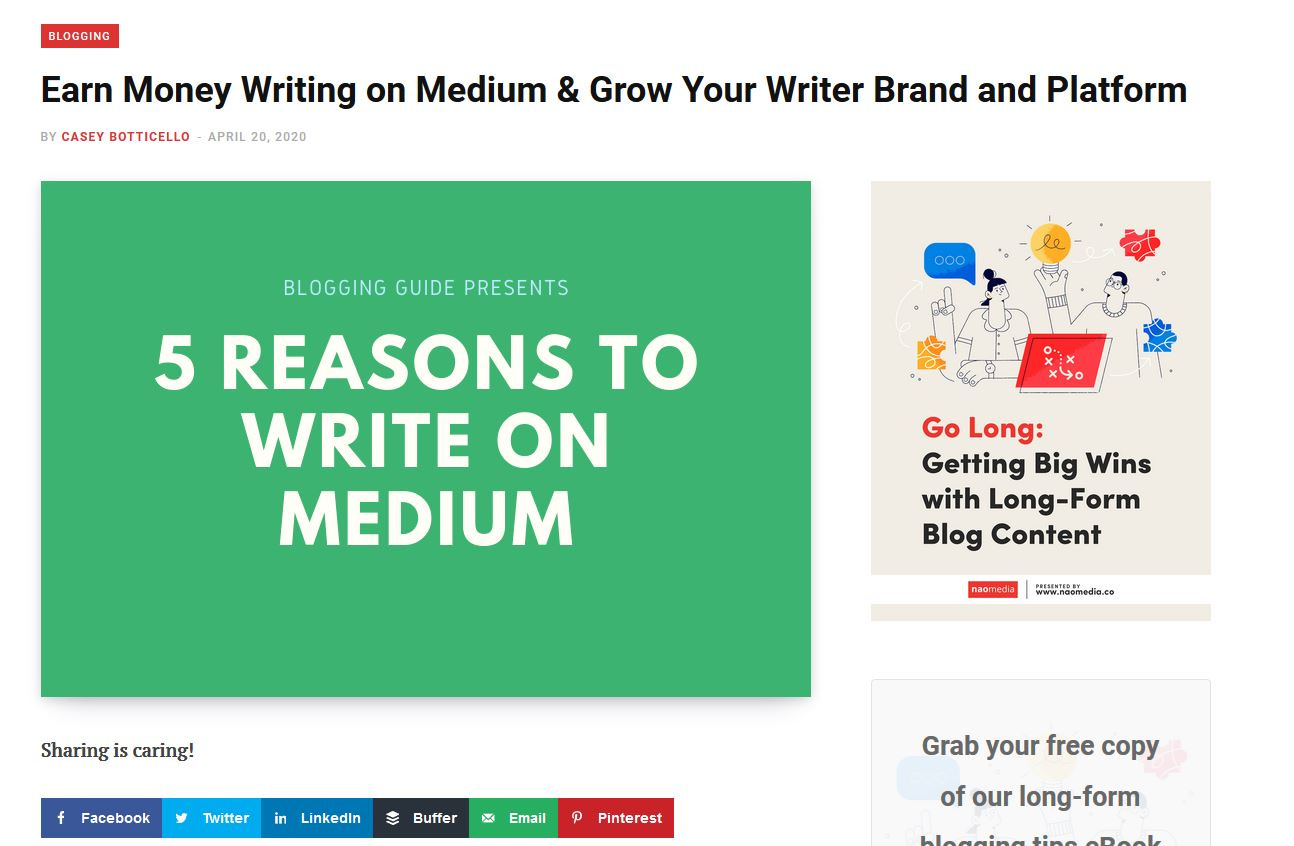


Casey - great article. Curious - would you post your (free) substack newsletters ALSO on Medium? I do a weekly newsletter that compiles articles that may be helpful to my audience and wondering if that would make sense to repost on Medium to grow subscriptions?
This article was a god send! I searched Substack’s resource blog for nearly 30 minutes and found nothing answering this question. Thank you sir!